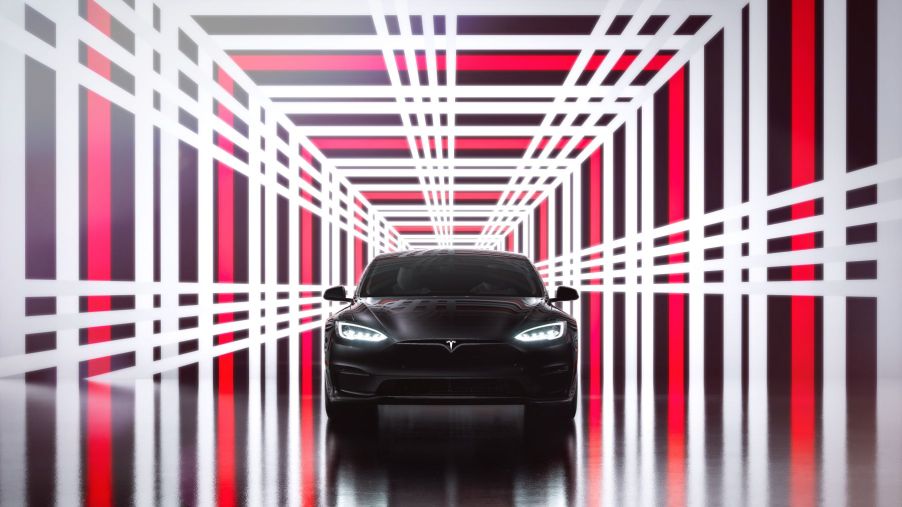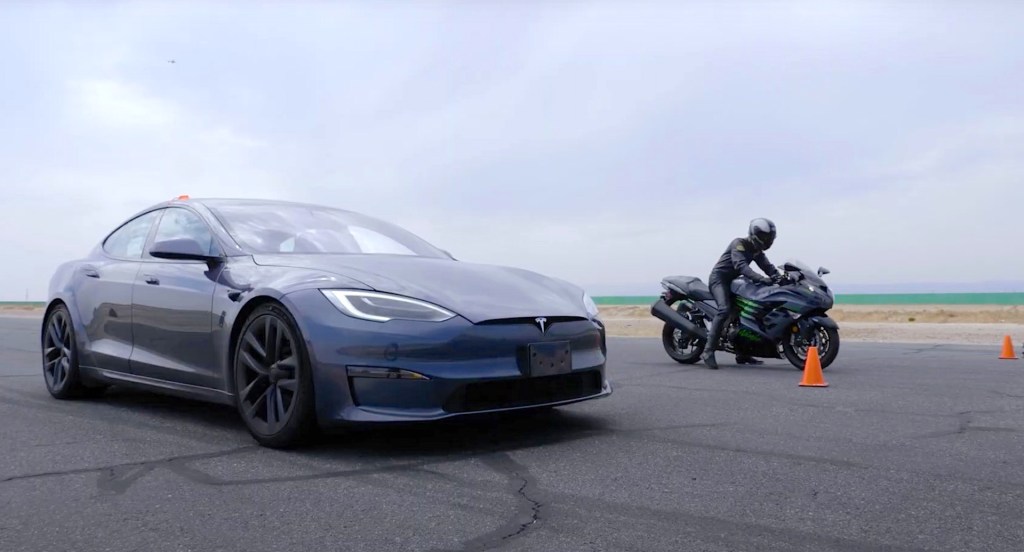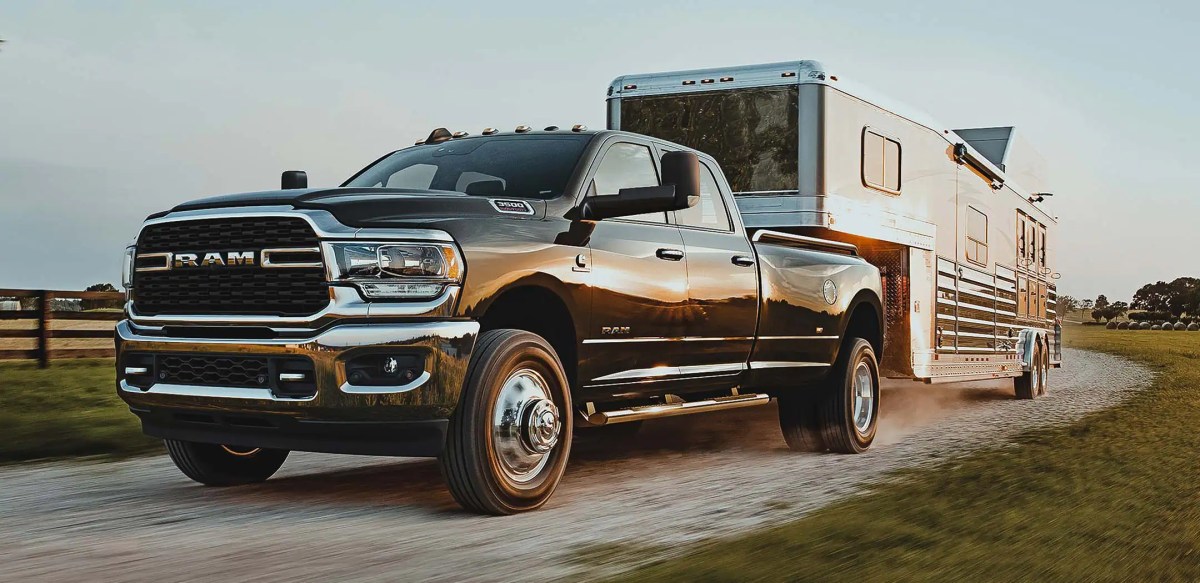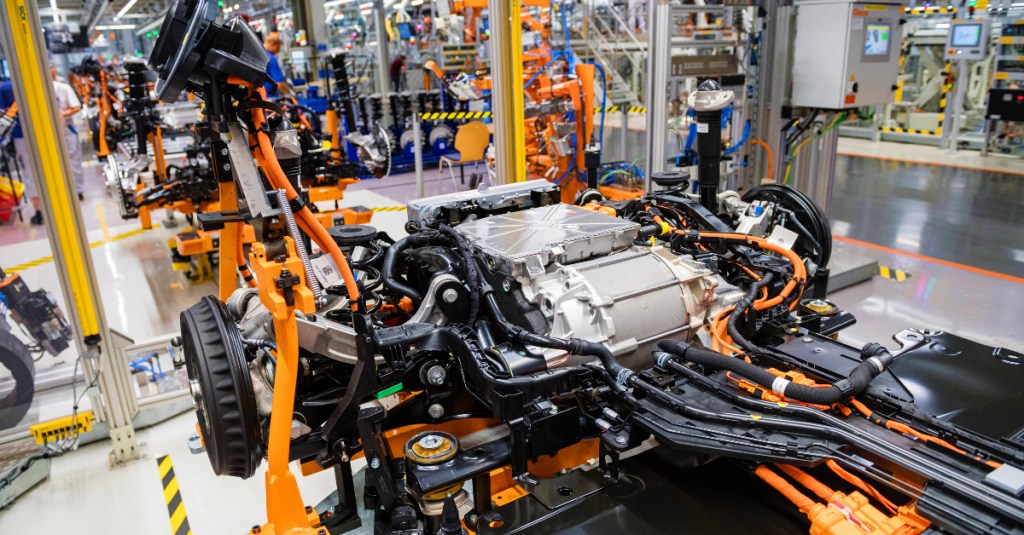
How to Convert Kilowatts to Horsepower
Next time you’re in a showroom looking at an electric vehicle you may ask, “How many kilowatts does that have?” But for most of us, we want to know horsepower, not kW. With this simple equation, you can convert kilowatts to horsepower and sound like a pro.
To convert kilowatts to horsepower is pretty simple.

To convert kilowatts to horsepower, you multiply the motor’s kilowatt rating by 1.34.
For example: the Nissan leaf puts out 80 kW of power. When we multiply 80 by 1.34, we get 107.2 horsepower.
So when Tesla says its Model S p100d makes 567 kW of power, that means it puts out 760 horsepower.
To go the other way, it’s just as simple. To convert horsepower to kW, multiply by 0.746.
A 410-horsepower Dodge Hemi, for example, has 305.9 kW of power.
One actual horse has about 35 horsepower (really), so one actual horse makes about 26 Watts.
Asknumbers.com has a convenient converter if you hate doing math. Just plug in the numbers you have to find the ones you want.
What are horsepower and torque?

Racers say: “Horsepower is how fast you hit the wall. Torque is how far you move the wall.”
Without horsepower you have no speed. But without torque you can’t move, or tow.
They are two different ratings that tell you the overall power of a vehicle, even if that’s in kilowatts to horsepower.
Horsepower is a rating of work over time. So, the faster a motor can work, the more horsepower it has. A Formula 1 car, for example, has a 14,000 rpm redline, and spins really fast to make its power.
You can calculate horsepower by multiplying torque by the engine RPM (speed) and then dividing by 5,252.
The original idea was that one actual horse could move 33,000 pounds of stuff in one minute. So, the formula to get 1 horsepower is 1 hp = 33,000 lb ft / minute.
Torque is the power that you actually feel, and it is expressed as pound-feet, or lb ft, or sometimes in Newton meters. Trucks like the Dodge Ram 3500 have more than 1,000 lb ft, which lets them tow giant things easily. But, those engines have a 4,400 rpm redline.
In pound feet, that means that it is the amount of energy required to raise a one-pound weight by one foot.
Electric motors make power differently

An internal combustion engine makes power by spinning. You’ve probably seen the graphs that show power increase as engine speed does (to a point). An electric motor makes power differently: electric motors make 100% of their torque at zero rpm. That explains how a Nissan Leaf that makes just 107 horsepower is so much faster than a Toyota Yaris that has 106.
For example, the Yaris can go from 0-60 in about 9.4 seconds. The Leaf with about the same power can get to 60 in about 7.5 seconds.
While electric cars can be quicker than a gas-powered car, they’re not always faster. The new 9,000-pound GMC Hummer EV truck, for example, can hit 60 mph in about 3 seconds. But, it can is limited to only 106 mph.
Of course there is a lot more to putting the power that a motor can make to the ground. In an EV, that’s often limited by the batteries and discharge rate, as well as its transmission or its temperature. In a gas car, it comes down to transmissions, fuel injection, exhaust and much more.
RELATED: The Rivian R1T vs. the Hummer EV Truck: The Drag Race We’ve Been Waiting For


